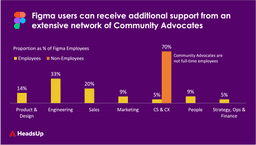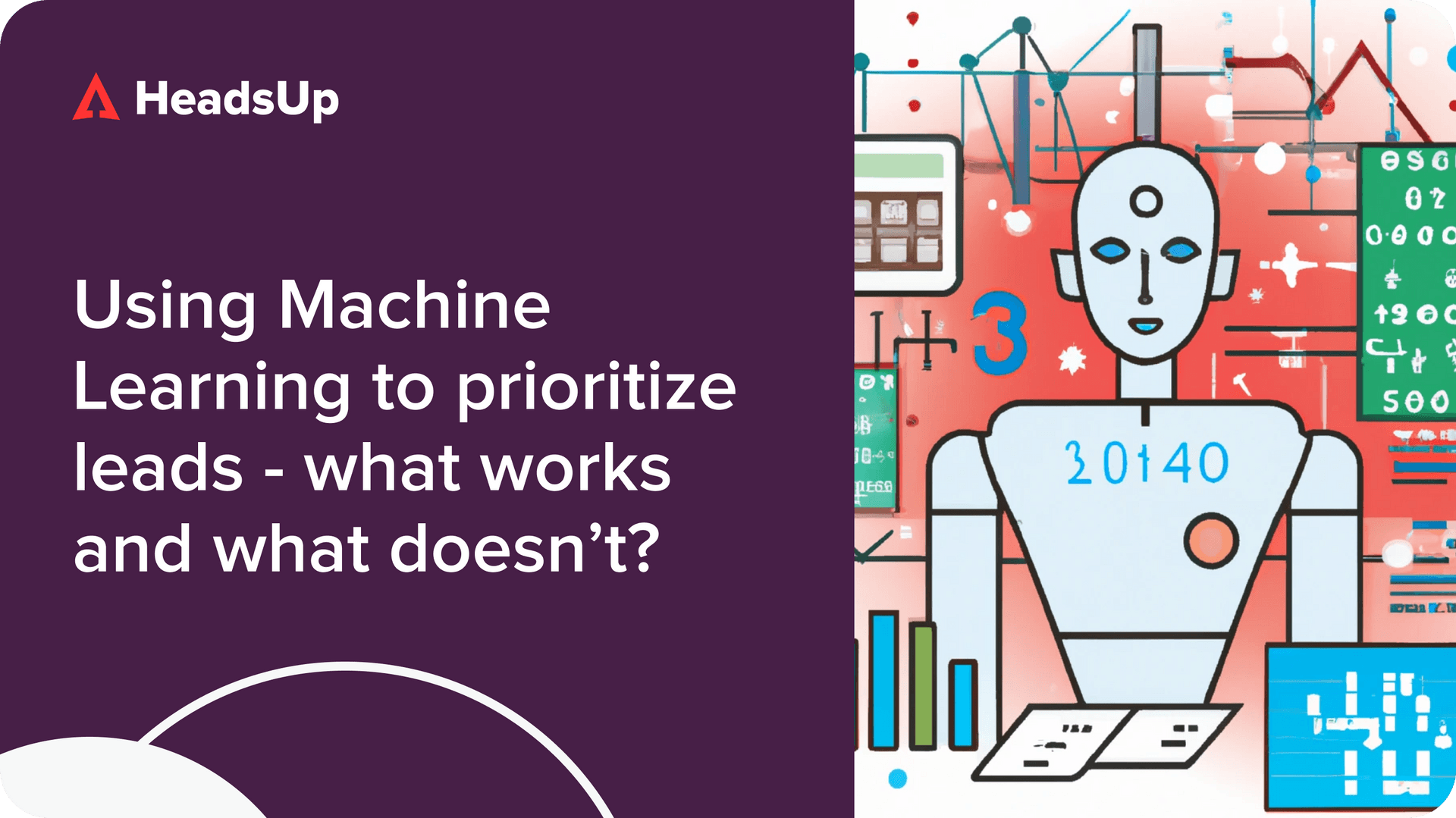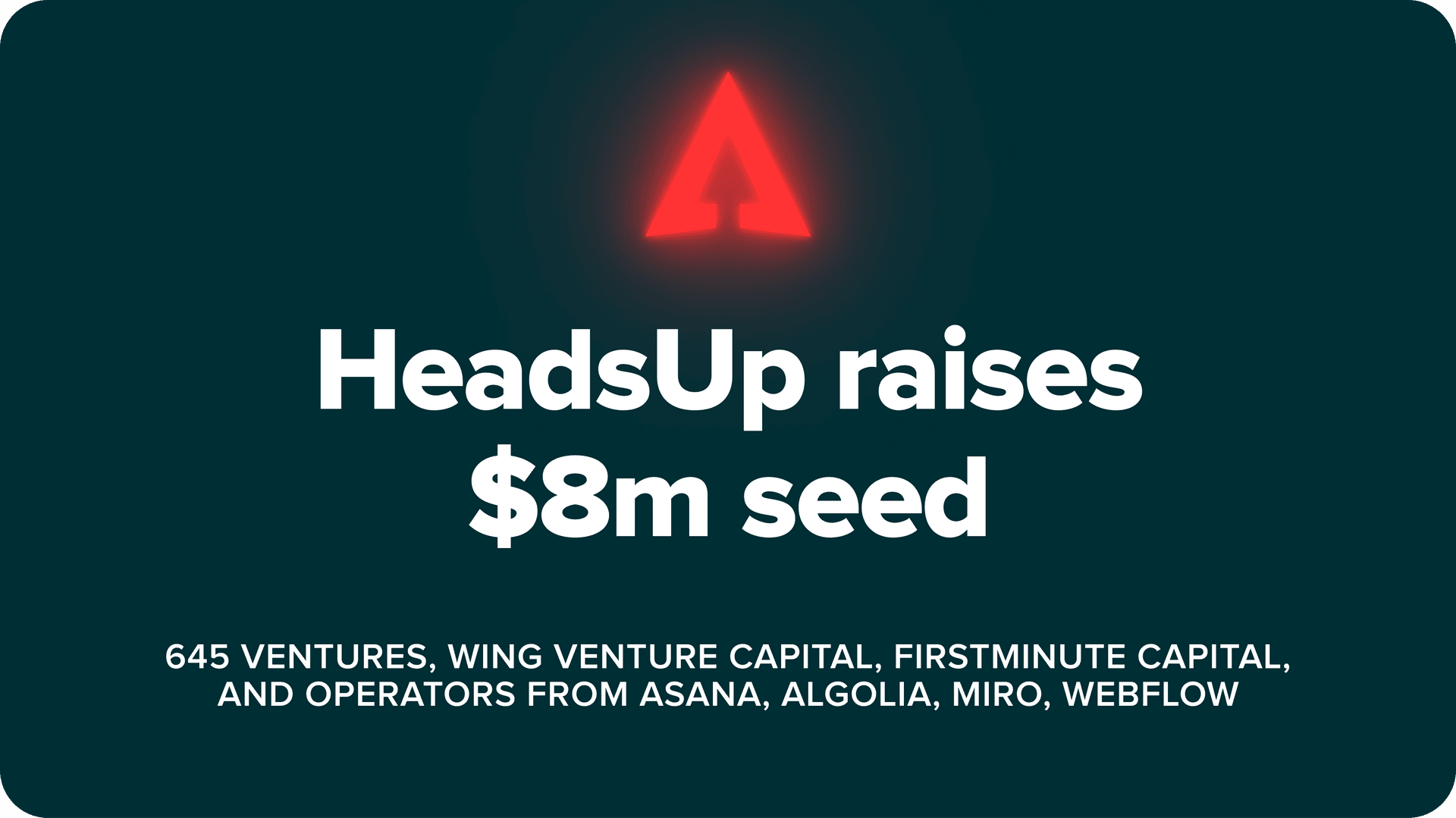Are we in the decade of design? Dylan Field, co-founder and CEO of Figma, seems to think so. So much so, he’s betting his $10 billion company on it.
Since its founding in 2012, Figma has been expanding the design community by offering an intuitive online tool that makes the design process more accessible to everyone.
In April 2021, the company launched FigJam, the latest online whiteboarding tool to infiltrate our virtual workspaces. This move represents Figma’s first expansion beyond its core product offering.
While some might worry Figma is shifting its focus away from the designer, perhaps it’s simply doing what it does best: pushing the boundaries of design yet again and inviting additional newcomers into the design community.
Will Figma pull it off again? All eyes are on the beloved design platform as it navigates this next inflection point.
In this post, we’ll cover:
- How Figma has redefined design with its easy-to-use online tool
- Why and how Figma invests in community
- Figma’s latest product launch: FigJam
- How Figma’s org structure is supporting its growing community
Expanding the boundaries: How Figma has increased access to the design community
In 2012, IBM had 1 designer for every 72 engineers. Only five years later, that ratio reached 1 for every 8.
Dylan loves to cite this statistic to demonstrate the growing importance of design. After all, if the “stodgy normcore dad” of the tech industry has done something about it, you can bet everyone else has too.
But design isn’t just growing in numbers — its very definition is evolving too. Before, design was about making things pretty. Now, it’s about fostering a more holistic and user-centered way of collaborating and communicating.
This means that anyone, including non-designers like you and me, can incorporate design tools and principles into their day-to-day roles.
So that 8-to-1 ratio? It doesn’t tell the whole story. For every person with the word “design” in their job title, there are dozens more embedding design practices into their work.
Where Figma fits in
Figma is not only taking advantage of this trend, but accelerating it. Since 2012, it’s been redefining the boundaries of the design community and lowering its barrier to entry. Its intuitive interface is simple enough for newcomers to complete basic tasks, but sophisticated enough for expert designers to go deep.
So, how exactly did Figma catapult to No. 7 on Forbes’ Cloud 100 list? The web-based multi-player platform allows teams to engage and collaborate on a project in real-time. Coupled with its self-serve model, Figma made it easier than ever to welcome non-designers into the design community.
In fact, roughly two-thirds of users identify as something other than a designer.
“I see design tools going the way that the word processor went,” Dylan predicts. “There was a time when you wouldn’t use a word processor unless you were a professional writer. Over time, everyone started using it.”
He sees the same trend for design tools. Soon, it will be a core competency, so everyone can engage and communicate more visually.
This is the decade of design. Last decade, it was engineering and building. Now, it’s about designing those products in a way that people will appreciate — with quality, respect, and integrity.
Dylan Field, Co-Founder & CEO
Investing in community-led growth: How Figma fosters community
In 2019, Figma launched Figma Community, a “third place” for design where users can connect to one another. The forum allows community members to share their works in progress, remix other content, and contribute to a growing global design pool.
To facilitate connections, Figma invites users to join one or more Friends of Figma groups, representing a range of geographies, campuses, and interests. These cohorts are led by Figma’s 300+ Community Advocates, who are selected to coordinate local meet-ups, moderate Slack channels, and meet quarterly with other advocates worldwide.
By layering on community-led growth, Figma is not only increasing access to design tools, but fostering a user culture that makes it easier (and more fun!) to become a better designer over time.
Prioritizing community in its hiring process
In addition to user-to-user interactions, the importance of community is part of Figma’s internal culture.
According to Amanda Kleha, the company’s Chief Customer Officer, community is part of Figma’s competitive edge, and it’s remained at the forefront as it’s scaled.
When Figma first started building its enterprise sales team, it looked for sales managers who could understand how designers think and work, someone designers would enjoy working with.
Do they understand designer use cases? Are they using the right lingo? In other words, don’t expect a Figma salesperson to resemble your average enterprise salesperson.
“We want our community to like our sales team, and they do,” Amanda said. “Customers report on their wonderful experience with sales reps.”
How Sales is supporting this community
In October, Figma hired its first Chief Revenue Officer, Shaunt Voskanian. A big part of his job will be further building out its Sales team, drawing on his experiences with enterprise sales at Oracle and Google.
Much of this work will build on ongoing efforts by Figma’s VP of Sales, Kyle Parrish. Having built Figma’s sales team from scratch, Kyle attributes his success at Figma to having learned from his time at Dropbox, another PLG poster child.
Given the company’s bottoms-up legacy, Kyle understands the importance of having Figma’s self-serve and sales-assisted motions work together to grow and serve the company’s community.
“At Figma, we have such a strong community and brand that people have been building for a decade,” Kyle said. “When we hire sales managers, they have to be stewards of that brand.”
When we hire, they have to understand we’re extensions of a brand that’s been cultivated for so many years.
Kyle Parrish, VP of Sales
The newest boundary: Expanding the community with FigJam
Since its founding, Figma has been a one-product company focused solely on creating a fast and collaborative user interface platform.
But in April 2021, it launched FigJam, an online whiteboarding tool competing against the likes of Miro and Whimsical. Since then, Figma’s newest product, free until February 2022, has seen high adoption rates among its existing user base.
During this time, the company has been gathering initial feedback, assessing different usage patterns, and defining the most appropriate pricing model.
So far, FigJam has received positive reviews for its intuitive user interface. Plus, the ability to add emojis and voice notes has made meetings more interactive, humanizing an otherwise abstract space.
FigJam brings meetings to life. It makes them more joyous.
Dylan Field, Co-Founder & CEO
In the coming months, the full extent of FigJam’s benefits will continue to unfold. But to start, it’s helping existing Figma users consolidate the two-step process of brainstorming and designing into a single platform.
But FigJam’s appeal has extended beyond designers and their direct counterparts. To Amanda’s surprise, broader teams — including engineers and support teams — are onboarding the platform as well.
So is FigJam officially breaking away from its core user base? You could argue it is. But maybe, just maybe, Figma is redefining the designer yet again.
In the meantime, Figma is structuring its organization to support this next inflection point.
Figma’s org structure
*Note: Graphic excludes Co-Founders (2), Legal, IT, and Admin roles
Our takeaways
- Figma’s first CRO: For her first 3 years at Figma, Chief Customer Officer Amanda Kleha led all of go-to-market, including Sales, Marketing, and CS/CX. In October 2021, Figma hired its first Chief Revenue Officer to oversee its Sales efforts. Meanwhile, Amanda will double down on Marketing and CS/CX, including its Community component.
- Community Advocates: Figma boasts 300+ Community Advocates (non-employees in orange) who help facilitate the platform’s user community. That’s well over 10x the number of Figma employees serving full-time CS/CX roles!
- Designer Advocates: Meanwhile, Designer Advocates are full-time employees under the Marketing team. They work side-by-side with Sales, CS/CX, and the rest of Marketing to consult with customers, synthesize product feedback, and create content for Figma Community.
- Sales: Over half of Figma’s sales team was hired in the past year to incorporate a more traditional sales motion, including its first-ever CRO. As before, Figma continues to favor candidates who embody its community-first culture.
Get Org Charts of top PLG companies and get insights into their growth tactics in your inbox
Deep dive: Figma’s full org chart
- Figma Overall (475) – Led by Co-Founders (2)
- Product (11) – Led by Director of Product (1)
- VP of Product (1)
- Product Managers (9)
- Product Education Manager (1)
- Design (42) – Led by Director of Design (1)
- Design Managers (5)
- Product Designers (16)
- UI/UX Designers (9)
- Graphic Designers (6)
- Web Designers (3)
- Brand Designers (1)
- Other Designers (2)
- Research (10) – Led by Director of Research (1)
- User Researchers (7)
- Research Analysts (2)
- Research Operations (1)
- Engineering (147) – Led by Director of Engineering (1)
- VP of Engineering (1)
- Engineering Managers (15)
- Software Engineers (121)
- Security Engineers (4)
- Other Engineers (6)
- Data (10) – Led by Director of Data Science (1)
- Data Scientists (8)
- Data Analysts (2)
- Sales (94) – Led by Chief Revenue Officer (1)
- VP of Sales (1)
- Sales Managers (6)
- Strategic Account Managers (5)
- Account Managers (31)
- Enterprise Account Managers (35)
- Sales Ops & Enablement (8)
- VP of Business Development (1)
- Business Development Representatives (4)
- Other Sales (3)
- Marketing (43) – Led by Chief Customer Officer (1)
- Directors of Marketing (2)
- VP of Communications (1)
- Creative Directors (3)
- Product Marketers (6)
- Community Marketers (4)
- Designer Advocates (8)
- Marketing Operations (6)
- Digital Marketing (1)
- Social Media Manager (1)
- Writers (5)
- Other Marketing (6)
- Customer Support (23) – Led by Chief Customer Officer (1)
- Director of Product Support (1)
- Head of Customer Growth & Success (EMEA) (1)
- Enterprise Support Leads (2)
- Product Support (17)
- Other CS/CX (2)
- People (43) – Led by Chief Human Resources Officer (1)
- VP of People (2)
- VP of Talent (1)
- Director of HR Operations (1)
- Head of Business Recruiting (1)
- Head of Technical Recruiting (1)
- Head of Recruiting Operations (1)
- Recruiting Operations Manager (1)
- Recruiters (24)
- People Operations Manager (1)
- People Partners (3)
- Director of Workplace & Employee Experience (1)
- Workplace Managers (3)
- Other (3)
- Operations & Finance (17) – Led by Head of Business Operations & Finance (1)
- Business Operations (2)
- GTM Strategy & Ops (1)
- People Operations Associates (2)
- Operations Manager (1)
- Director of Accounting (1)
- Accountants (7)
- Strategic Finance (3)
- Strategy & Growth (6)
- Corporate Development (1)
- Self-Serve Strategy (1)
- Engineering, Growth (1)
- Marketing, Growth (2)
- Data Science, Growth (1)
*Note: Deep dive list excludes Legal, IT, and Admin roles, and is an outside-in aggregation of the organization
Credit for some of this content also goes to Y in the Valley for its interview with Dylan, Go to Market Grit for its interview with Amanda, and OV BUILD for its interview with Kyle.
If you liked this piece, you might want to check out our org chart deep dives of Notion and Retool, or our analysis of how go-to-market strategy evolves in other successful SaaS businesses.



